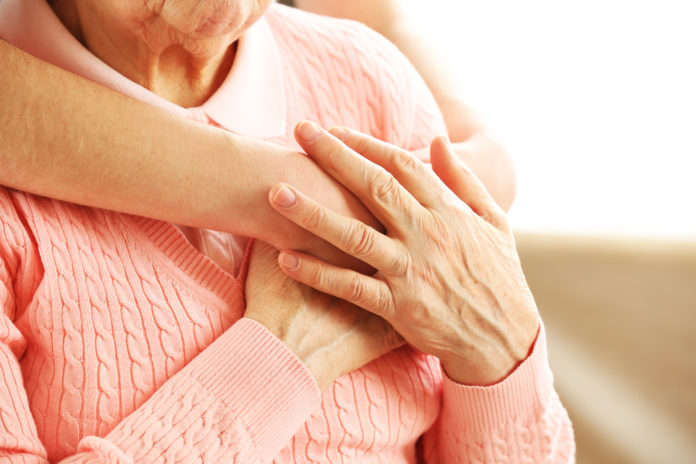New data reveals that of the more than 33,000 fatal overdoses linked to opioid painkillers in 2015, over 6,200 were Americans over 55 years old.
The newly-assembled statistics by the Henry J. Kaiser Family Foundation acknowledge that 19 percent of all cases of opioid overdose deaths in 2015 likely involved parents or maybe even grandparents of the baby-boom generation.
It’s important for older addicted parents to voice their concerns to their adult children and speak with their physician about potential dependence, said Kimberly A. Johnson, the director of the Center for Substance Abuse Treatment at the Substance Abuse and Mental Health Services Administration.
“[They] don’t need to talk about addiction directly but about symptoms and fears — share concerns with the prescriber even if the parent denies a problem,” she said. “Increase frequency of contact with a parent if you can tolerate it emotionally and continue to try to engage him/her in addressing symptoms and safety.”
The adult children of these parents and grandparents are in critical positions when it comes to seeking help for them, and noticing the addiction can make a life-saving difference.
“Symptoms [of dependence] can be confusing because there may also be indications of other conditions,” Johnson said, adding that some signs to look for are “sedation or confusion; early refills of medication or losing medication; and more frequent falls. These can be symptoms of excess opioid consumption or other conditions, which is why it‘s important to talk about symptoms rather than assuming it’s an opioid use disorder.”
“Older adults are more likely to have chronic pain and to be prescribed opioids,” she explained. “They are also more likely to be on other medications that might exacerbate the side effects, like sedation, of opioids. Also, older adults may be frail or have other conditions that make them susceptible to sedation. Older adults don’t have to have an opioid use disorder to die from an overdose.”
Johnson also clarified that the approach to addiction rehabilitation for this age group can… (continue reading)
















